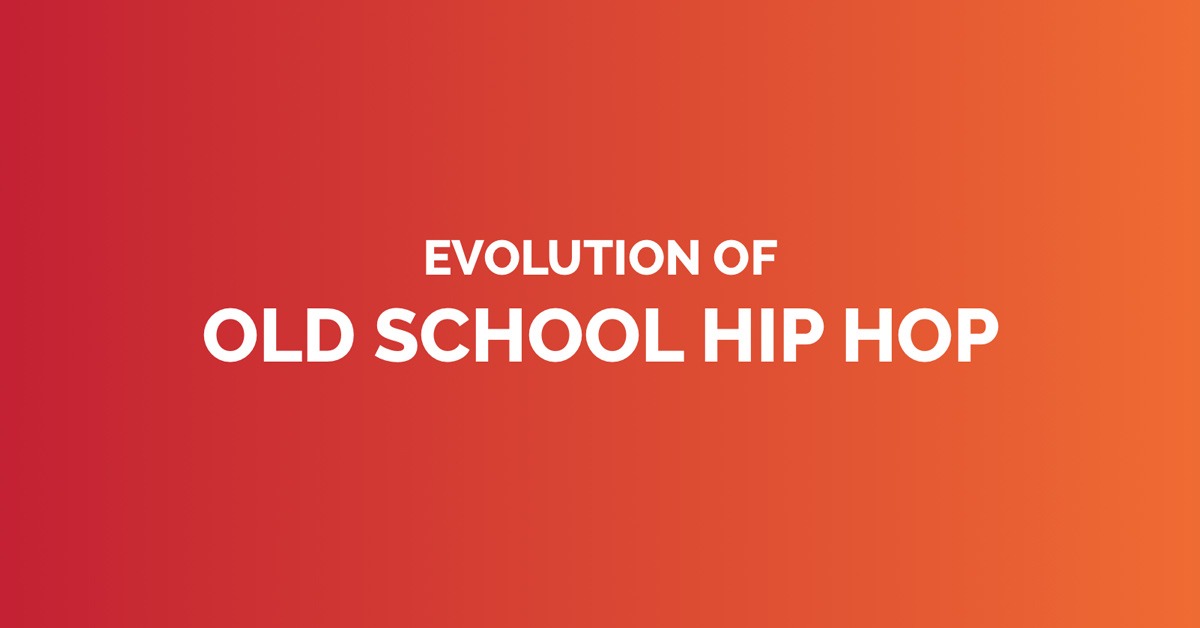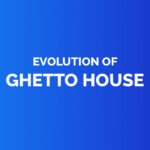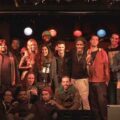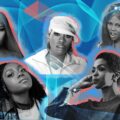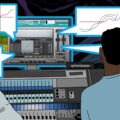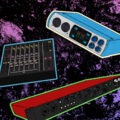History
In the 1970s New York Bronx party scene, DJ Kool Herc would lay the first foundations of breakdancing with the ‘break’; a technique of extending a spun song’s instrumental break by using two copies of the same record on a dual turntable. Just as one record got to the end of the break, the other would be back-cued to where the first had left off, to the delight of the listening and dancing crowd. Grandmaster Flash further developed Kool Herc’s technique in 1974 when he began playing different songs with the same tempo simultaneously. Parallel to these advances in technique was a rising popularity in street poetry, or ‘rapping,’ a creative mix of storytelling and animated put downs. Rapping notably emerged during a period of social unrest in 1970s America, and was often connected to civil rights struggles. Many civil rights leaders gave inspired speeches at street festivals, and poets and musicians were also rapping over music with political messages. These production techniques and forms of expression would eventually solidify into three of the four elements of hip hop: MCing, DJing, and b-boying (along with graffitiing).
Influences
Old school hip hop wasn’t merely a new style; it was a reflection on a new era for politics, race, and music in America. The lived experiences of 1970s and 80s black artists can be heard in the sonic influences of their tracks. Vocals inspired by Protestant church choirs, upbeat musical elements of R&B, funk, soul, and jazz, and samples from bombastic wordsmiths like Muhammad Ali and Richard Pryor, are just some of the unique features of old school hip hop.
Sound
The sound of old school hip hop is characterized by four main elements: rap vocals, a simple beat, a funky bass line, and either a guitar lick, synth, or sample. In the early days of hip hop, beats were either created through the use of two turntables to elongate the breaks in tracks, or using drum machines like the Roland TR-808. As the genre progressed, sampling became a bigger part of hip hop’s sound, eventually leading to genres like Gg-funk and gangsta rap.
Turntablism
The Technics series of direct-drive turntables from Panasonic were more conducive to DJing than earlier, belt driven versions. They allowed DJs to mix, scratch, and perform all sorts of trickery with the decks, like creating extended dance mixes by using two copies of the same record.
Breakdancing
DJ Kool Herc noticed that dancers would go wild during track breaks, at the points when all the sounds would drop out except for the drums. By extending these breaks, b-boys and b-girls began developing new dance moves to fit the music. These tracks were usually mid-tempo.
MCing
The American civil rights movement of the 60s and 70s gave greater social importance to local gatherings like block parties and street festivals. Spoken word, poetry, and having lyrical fun with funky beats became popular forms of expression. It wasn’t until the late 70s that MCing made its way into commercially released music, but live hip hop music was living and breathing in the Bronx at block parties as early as 1971. At the same time, club DJs began interacting with the crowd during songs to get their energy up. Innovators like New York’s DJ Hollywood were not only rhyming over music, but doing it to the beat.
Pigmeat Markham – “Here Comes The Judge”
Durham, North Carolina, 1968
In “Here Comes The Judge,”, comedian and musician Pigmeat Markham raps over one of the first incarnations of funk, soon to be popularized by James Brown.
Gil Scott-Heron – “The Revolution Will Not Be Televised”
Chicago, Illinois, 1971
Poet and activist Gil Scott-Heron lays down rap-style vocals over a funky jazz track on “The Revolution Will Not Be Televised”.
Grandmaster Flash & The Furious Five – “Superrappin'”
New York City, New York, 1979
A groovy bass line, simple beat, and upbeat jangly guitar provide the backdrop for “Superrappin’” by Grandmaster Flash and the Furious Five, one of the first commercially-released hip hop tracks.
Lady B – “To The Beat Y’all”
Philadelphia, Pennsylvania, 1979
Lady B, one of hip hop’s first female artists, showcases her slick vocal talent on “To The Beat Y’all”.
The Younger Generation – “We Rap More Mellow”
New York City, New York, 1979
Despite being frequently credited to Grandmaster Flash, it was Melle Mel, Kid Creole, and Scorpion who did most of the MC duties on this track.
The Sugarhill Gang – “Rapper’s Delight”
Englewood, New Jersey, 1979
“Rapper’s Delight” might not have been the first hip hop song to be released, but it was the first to achieve commercial success. Many now trace back the popularity of the genre to this track that was said to have been recorded in a single take.
Funky 4 + 1 – “That’s the Joint”
The Bronx, New York, 1980
“That’s the Joint” is a funky track with half-sung, half-rapped lyrics, reflecting how hip hop still had one foot solidly on the dance floor. The Funky 4 + 1 featured Sha Rock, a breakdancer turned rapper who was one of the genre’s more influential female MCs.
